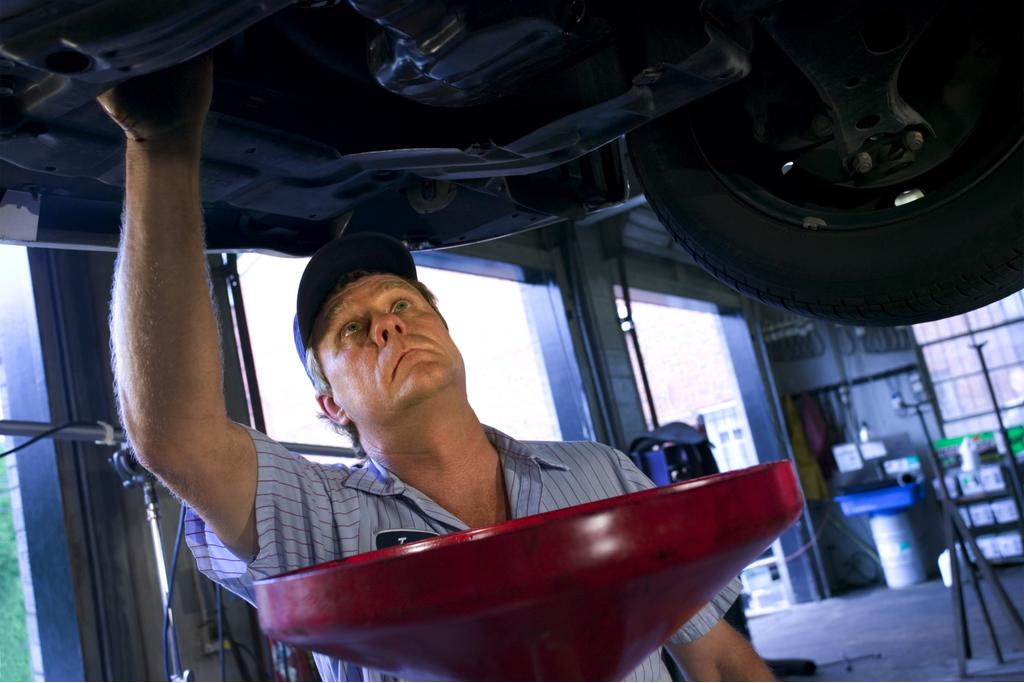
Chances are it does, compared with front- or rear-wheel-drive vehicles. The additional maintenance usually involves inspecting and/or replacing fluids, and the service intervals vary widely.
With all- or four-wheel drive (which for the purposes of maintenance are the same), there are more things that can go wrong and need repairs, such as transfer cases and differentials, but the routine maintenance schedules (listed in the owner's manual) aren't that different.
For example, on all-wheel-drive Chevrolet Equinox and four-wheel-drive Tahoe/Suburban models, the transfer case fluid should be changed every 97,500 miles (or 45,000 miles in "severe" service, as defined by the automaker). Subaru says only to check the front and rear differential fluid levels and top off if necessary. The Jeep Cherokee's maintenance schedule doesn't mention transfer case or differential fluids (the latter are also known as differential or axle oil).
Maintenance requirements also vary on four-wheel-drive pickup trucks. On Ford F-150s, the transfer case and front differential oil (as well as the rear differential oil) should be changed every 150,000 miles. On a Toyota Tacoma 4x4, the differential oil and transfer case fluid should be changed every 60,000 miles in normal use and every 15,000 miles with frequent towing and/or driving on unpaved roads.
Dealer service departments and other repair shops may advise performing fluid changes more frequently, but the intervals recommended by the manufacturers are all that's necessary to ensure that the warranty remains in effect.
In addition to having a couple more items on the maintenance schedule, all-wheel-drive and four-wheel-drive vehicles carry additional costs, both in a higher purchase price (compared with two-wheel-drive versions of the same vehicle) and lower gas mileage, primarily from the extra weight of the four-wheel system.
Moreover, many on-demand all-wheel-drive systems, such as those commonly used on front-drive-based vehicles, send power to the rear wheels only when one of the drive wheels slips (loses traction). If one tire gets damaged beyond repair, a tire dealer may recommend that all four tires be replaced at the same time — even if they have plenty of tread left — so that the tread depth is even all around. Mixing worn tires with one new tire may send the wrong signals to the all-wheel-drive system and activate it when it isn't needed.
No comments:
Post a Comment